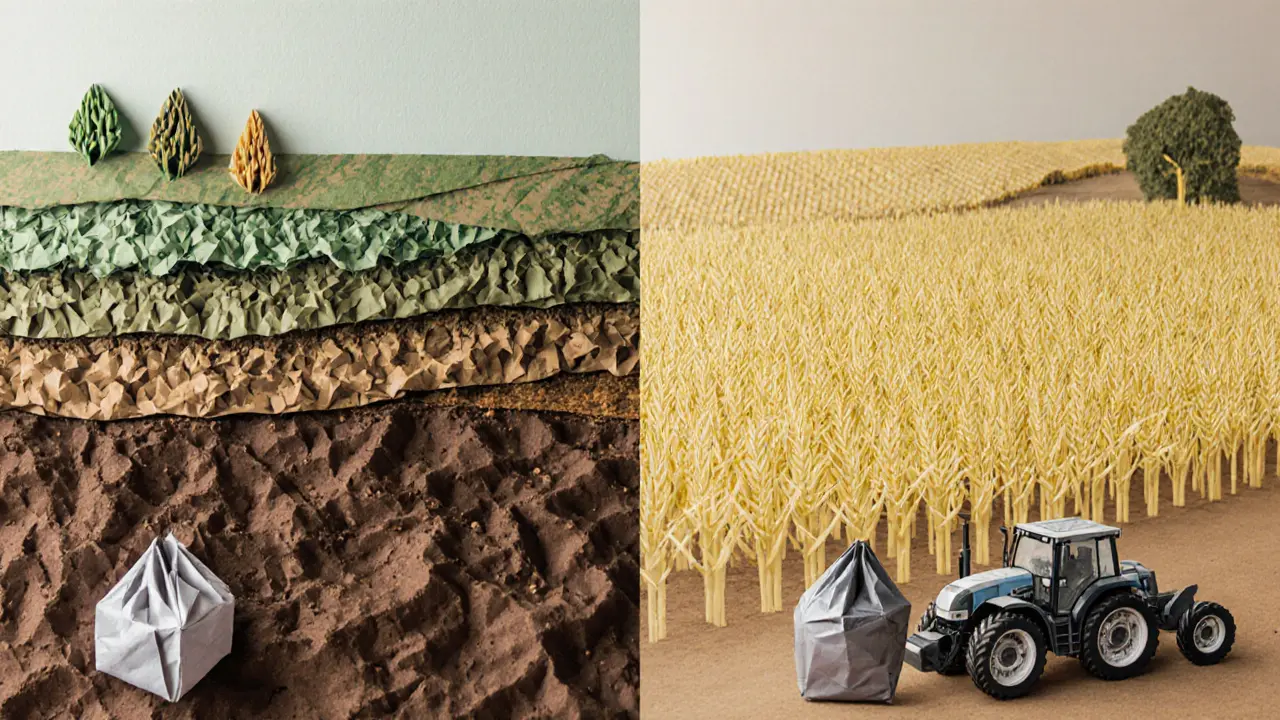Understanding Land Sparing: Balancing Production and Nature
When discussing Land Sparing, a strategy that sets aside high‑quality habitats while intensifying agriculture on remaining land. Also known as habitat preservation approach, it aims to maximize food output on a smaller footprint so nature can thrive elsewhere.
Why the Debate Matters
Another major concept is Land Sharing, the practice of integrating wildlife‑friendly features directly into farmland. It contrasts with Land Sparing by spreading production across larger, lower‑yield fields that are more porous to wildlife. High‑Yield Agriculture, technologies like precision farming, hybrid seeds, and controlled‑environment agriculture, fuels Land Sparing by packing more calories into each hectare. At the same time, Biodiversity, the variety of species and ecosystems in a region is the ultimate beneficiary or victim, depending on how land is allocated. Land sparing encompasses setting aside protected zones, land sharing influences biodiversity outcomes, and high‑yield agriculture requires advanced tools and data. The three ideas interlock: intense production frees up space for wildlife, while wildlife corridors on shared land support pollinators that boost yields.
Readers will find a mix of technical deep‑dives, policy overviews, and real‑world case studies in the articles below. Whether you’re a farmer curious about yield‑boosting tech, a conservationist weighing trade‑offs, or just someone who wants to understand how food and forests can coexist, the collection gives practical insights and data‑driven perspectives. Dive in to see how each piece fits into the larger puzzle of sustainable land use.

